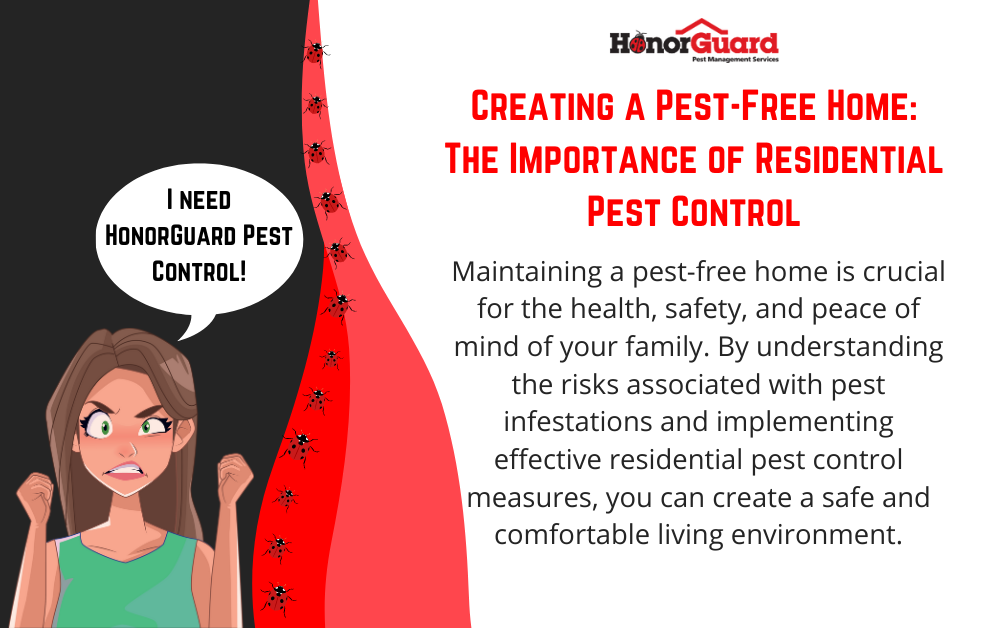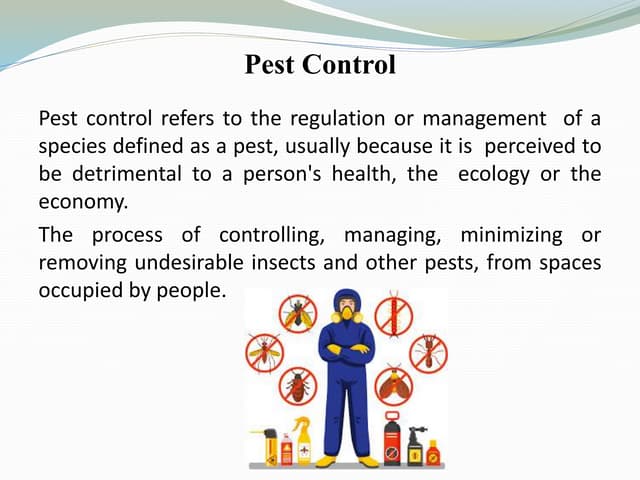The 9-Minute Rule for Pestwise
The 9-Minute Rule for Pestwise
Blog Article
An Unbiased View of Pestwise
Table of ContentsThe 4-Minute Rule for PestwiseThings about PestwiseThe 8-Second Trick For PestwiseAbout PestwisePestwise - QuestionsPestwise - An OverviewRumored Buzz on Pestwise

Q. Specify "incorporated insect management" (IPM) and listing several feasible control strategies that may be utilized in an IPM strategy. A. Integrated bug management is the incorporating of ideal bug control methods into a single strategy to decrease parasites and their damage to an appropriate degree. Insect control methods may include: host resistance, organic control, cultural control, mechanical control, sanitation, and chemical (chemical) control.
Getting My Pestwise To Work
What can you do to keep the parasites you are trying to manage from coming to be immune to the chemicals you make use of? A. Bug resistance can be lowered by using integrated parasite management and turning the kinds of chemicals made use of.
Bugs are a critical threat to the farming service, and incorporated pest management helps growers address and reduce these dangers. Integrated insect management utilizes several methods in complicated, thus being a much more efficient service to the problem. Wasp Nest Removal. In particular, eliminating hostile chemical approaches permits for decreasing damage to individuals and the setting by making use of natural and safer choices rather
The smart Trick of Pestwise That Nobody is Discussing
The goal of incorporated insect administration is to decrease this damage and control appropriate invasion degrees instead than remove all undesired populaces. This is why it is vital to understand what steps are warranted in each situation and usage hostile ones only when other integrated monitoring techniques do not work. Integrated monitoring reduces the adverse repercussions of a non-IPM approach, and the primary advantages of IPM Perks of IPM.
A correct understanding of the infestation scope determines if the issue needs to be dealt with. are the following components of an IPM program since it is essential to understand if the microorganisms make potential threats and make a decision on the incorporated management choices or the details pesticide usage. plan to reduce invasions by using various agronomic techniques.
Some Known Incorrect Statements About Pestwise
Integrated administration options in an IPM program begin with much safer to much more aggressive ones. The prior incorporated monitoring facets assist understand just how to intend and implement an IPM program action by action: Monitor your plants consistently.

Among others, IPM social approaches include the adhering to field administration methods: dirt treatment; choice of suitable plants; plant turning; interplanting or strip chopping; choice of planting dates; weed control; use of trap plants. Favorable soil conditions speed up plant growth, and energetic crops are a lot more immune to problems. Healthy seedlings and seeds predetermine effective crop advancement, so it is crucial to pick pest-free growing product with solid origins.
, which is likewise utilized in the incorporated pest monitoring system. Alternatively, problems raise when plants of the exact same crop type or family members expand with each other.
In a similar way, potato beetles can hurt expanding potatoes, in addition to tomatoes. Planting trap plants in spots is one more alternative for IPM intercropping. This incorporated parasite administration technique suggests bring in bugs to details plants and then managing them with chemical or mechanical methods. In particular, you can grow soybeans as trap plants for Japanese beetles.
The Ultimate Guide To Pestwise
Barriers are normal instances of physical IPM methods. Mature pests or their eggs and larvae are accumulated by hand and destroyed.

Division of Plant Sciences. This integrated management method implies a typical means of damaging parasites by killers, parasitoids, virus, and various other organic control agents (also known as hostile organisms). The function of biological control in IPM is to.
About Pestwise
With time, their populace turned out to be a real nuisance to farmers alongside indigenous kangaroos or dingoes. The walking cane toad is one more situation illustrating incorporated biological control failure in this regard when it rejected to search the target species and came to be a bug itself. Parasitoids establish on or within their hosts to eventually eliminate them after growing.
Report this page